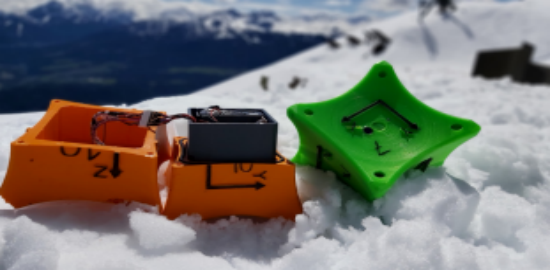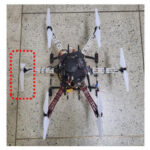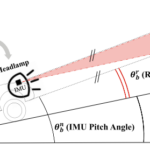In the fight against avalanches that threaten mountain safety, understanding the flow dynamics of avalanches is crucial to predicting their destructive potential and mobility. A team of experts from the Austrian Forest Research Center and the University of Innsbruck used a sensor system called AvaNode and equipped it with synthetic particles to gain avalanche particle-level insights. The inertial measurement units (IMUs) and global navigation satellite systems (GNSS) embedded in these particles move together in the avalanche flow, providing valuable data to understand the overall behavior of the avalanche. This paper will focus on exploring the feasibility of this flow measurement system.
Three phases of the particle flow state were obtained from experiments under static snowpack and medium-scale dynamic avalanche conditions during the winter of 2021-2023: an initial rapid acceleration phase, a steady flow phase at the fastest speed, and a prolonged deceleration phase accompanied by a maximum rotation rate. It was also found that the particles tended to move towards the avalanche tail with lower velocities relative to the radar-measured approach velocities of the front section, showing that IMU is a key tool for studying avalanche dynamics as it can not only measure acceleration in experiments, but also record important parameters such as rotation rate.
The trajectories and kinematic states of particles inside an avalanche are crucial for understanding the overall dynamics of avalanches, especially in predicting their damage potential and mobility. This study not only demonstrates the unique and powerful role of IMU technology in practical applications, but also contributes to the improvement of existing avalanche prevention and control strategies and is important for the further development of avalanche rescue systems.










